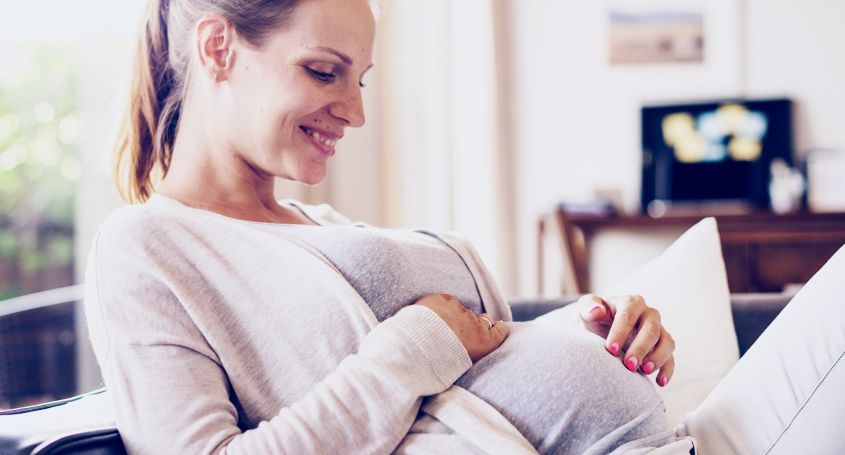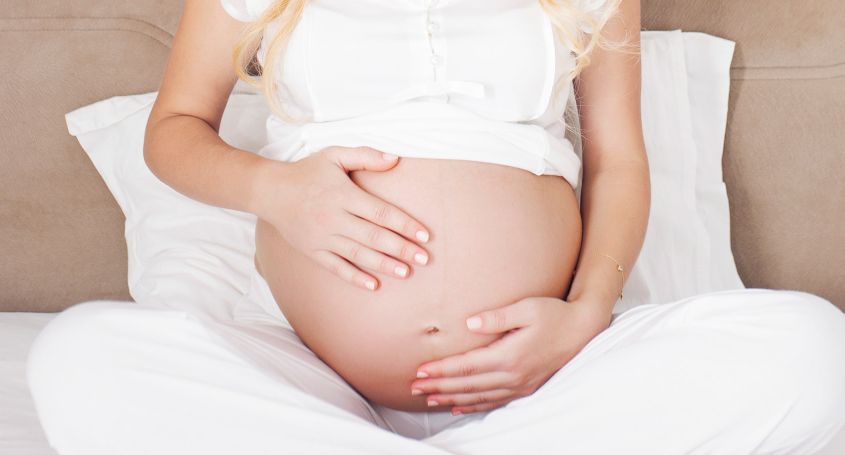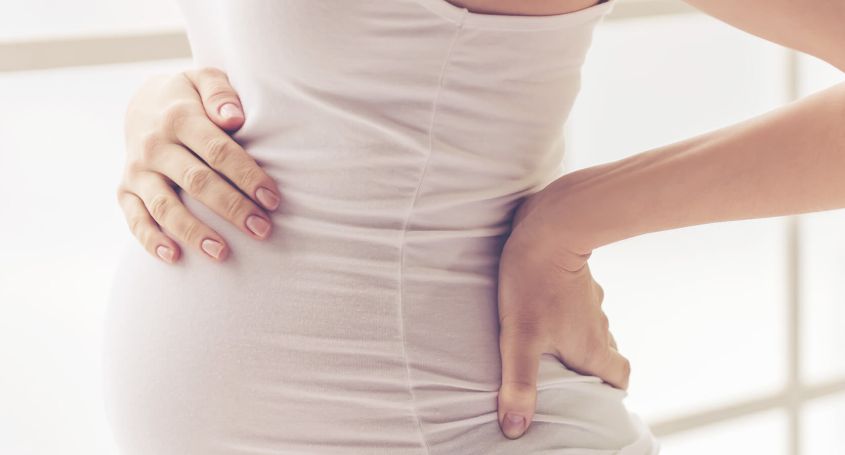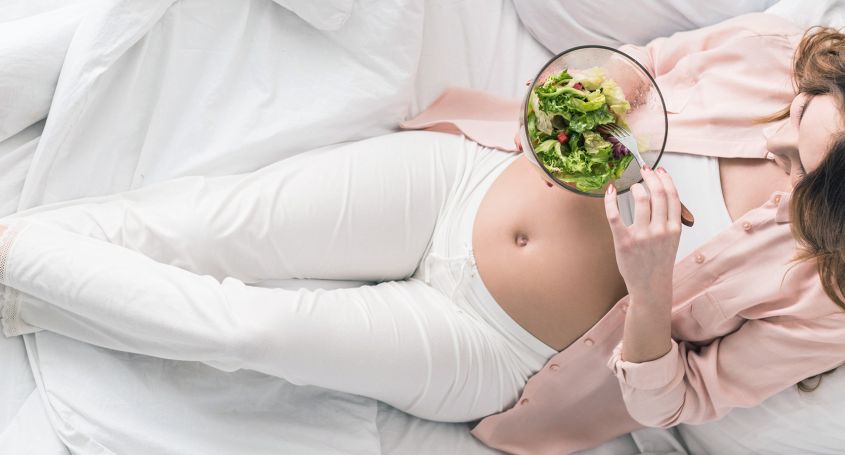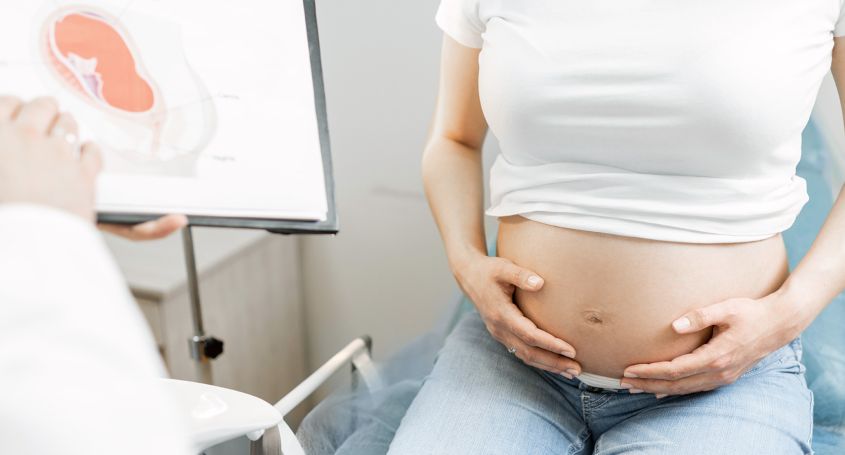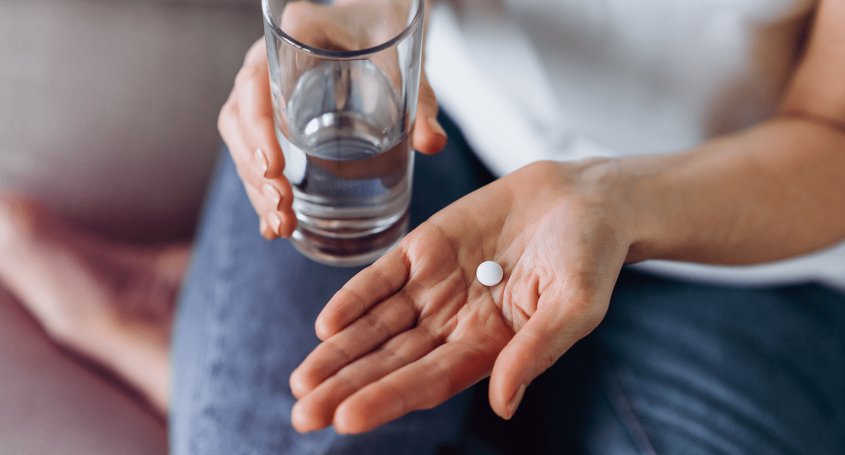When we consider IVF (in Vitro Fertilisation) treatment, many doubts arise: What will happen now? What will the process be like? What tests will I undergo? And so on.
In this publication, we will explain in detail the most popular assisted reproduction treatment.
Step 1: Ovarian stimulation and gynaecological check-ups
The process starts with the beginning of the menstrual cycle, i.e. the first day of menstrual bleeding. In this phase, controlled ovarian stimulation is carried out by administering hormones in subcutaneous injections for about 10-12 days. At the same time, you will have to go to the clinic for ultrasound checks to see if the follicles are mature. It is considered that when the follicle measures 16-18 mm, there is already a mature oocyte inside it. In addition, the concentration of the hormone oestradiol in the blood is also analysed, which, together with the size of the follicle, allows us to predict the number of oocytes that will be obtained. Once the follicles reach the correct size, ovulation is triggered and the ovarian puncture is scheduled.
Step 2: Egg and sperm retrieval
This stage begins with the collection of gametes from both sexes. In women, we extract the eggs that have been generated by ovarian stimulation. This process is called ovarian puncture. The patient enters the operating room under her own will and sedation is administered to avoid pain and make the extraction more comfortable. The procedure lasts approximately 20 minutes, and the patient can go home after about 2 hours. For the ovarian puncture, you should not drink or eat for 6 hours prior to the puncture. In the case of men, sperm is obtained by ejaculation, in some cases where there are no sperm in the ejaculate, a testicular puncture under local anaesthesia may be required. It is also possible to obtain a sperm sample from a donor.
Step 3: Set of processes in the laboratory
This step comprises all those steps that take place in the laboratory after the gametes have been obtained. The first step is in vitro fertilisation, i.e. where the eggs are fertilised by the sperm. The embryos resulting from fertilisation will be kept in incubators that have the ideal conditions for their growth, which is called embryo culture. A daily analysis is made of the evolution of each embryo until they reach the blastocyst stage, i.e. until day 5 of development.
Step 4: Transfer of the embryos into the uterus
After 5 days of embryo culture, the embryo transfer is performed, which consists of transferring the embryos which have been prepared in the laboratory into the uterine cavity. It lasts approximately 10 minutes and does not require hospitalisation or anaesthesia.
At this point the treatment ends and the so-called beta wait begins, the period between the end of IVF and the moment of the pregnancy test.
If you have any further questions about IVF treatment, please contact us!
